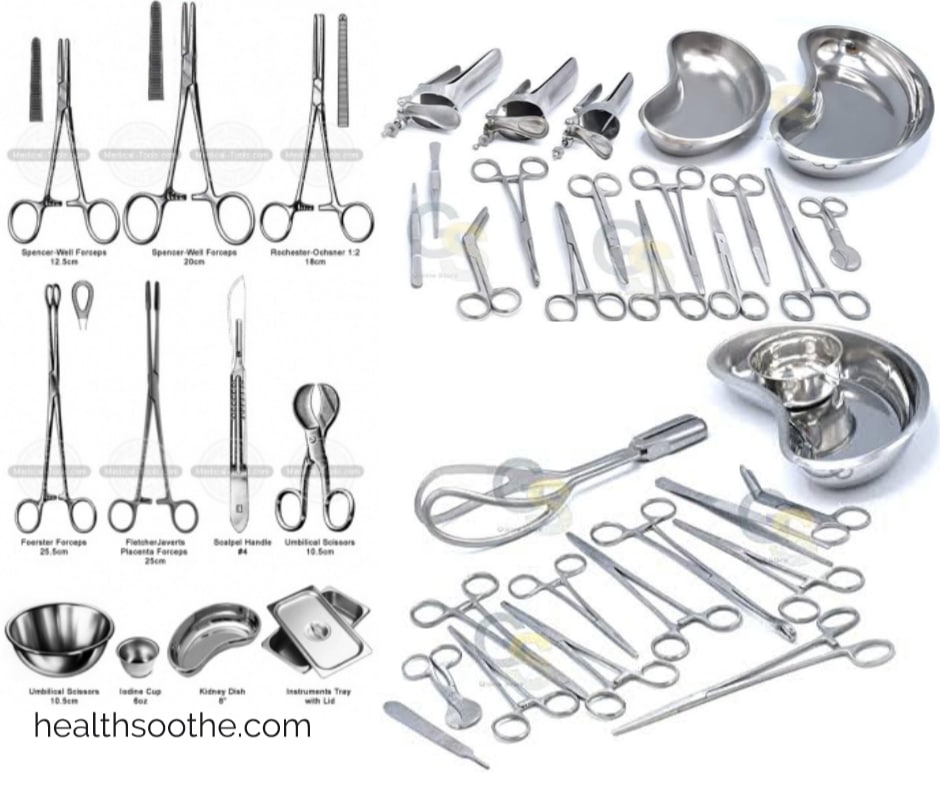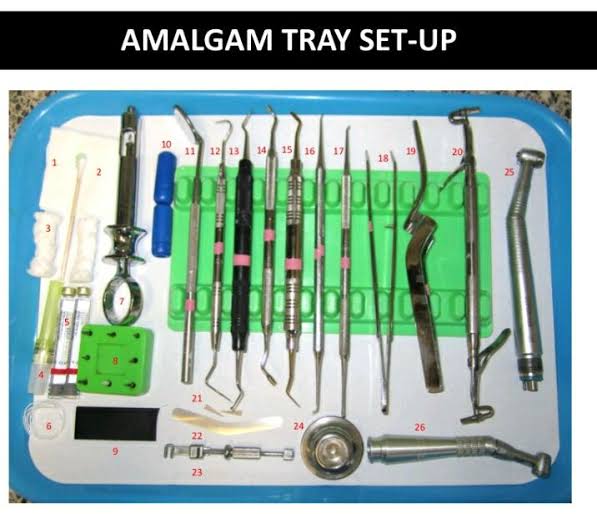Diagnostic procedures have raised many questions centring on patients’ rights. The questions concern both physicians and hospitals and relate to the general right of the patient to know what is happening to him or her and why.
Efforts to develop lists of specific rights that the patient enjoys have gone far beyond the specific area of diagnosis and treatment. The lists touch on such matters as the patient’s need to maintain privacy, his or her right to be informed of any surgical or other procedures to be performed, and the right to refuse treatment to the extent permitted by law.
One such”Bill of Rights” was issued by the American Hospital Association in 1973. It noted in part: Diagnostic procedures have raised many questions centring on patients’ rights. The questions concern both physicians and hospitals and relate to the general right of the patient to know what is happening to him or her and why.
Equitable and humane treatment at all times and under all circumstances is’a right. This principle entails an obligation on the part of all those involved in the care of the patient to recognize and to respect his individuality and his dignity. This means creating and fostering relationships founded on mutual acceptance and trust.
Like other statements on patients’ rights, the AHA list stressed informed consent. That meant the need on the part of the patient to be able to agree to medical and surgical treatment on the basis of complete, accurate information. informed consent as a principle provided the foundation for many other specific or general rights. These include.
- The patients’ rights to considerate and respectful care.
- The patients’ rights to take part in planning For ones’ own care.
- The patients’ rights to have records kept confidential.
- The right to a full explanation of the hospital bill.
Questions to Ask the Doctor
The various rights suggest some of the questions the patient may want to ask the doctor-either at the time of the first visit or later. For example, most patients want to know the results of diagnostic tests and procedures. Patients may also ask about planned treatments, the risks, and chances of success or failure with particular types of treatment, and the period of time for which the patient may be hospitalized.
Many other factors become important where one patient may want to know about alternative forms of care or treatment, another may ask about the surgeons who specialists who may be called in, and soon.
Typically, most questions related to the patient’s situation: how far it has progressed, whether the danger to life or health is involved, the doctor’s estimate of the chances of recovery, and other points. Doctors themselves suggest that patients ask questions to find out.
- Whether hospitalization, if it has been recommended, is really necessary ;
- Whether consultation with another doctor or other doctors may
be called for; - Whether if necessary medical terms or wording can be clarified; and
- Whether in case the patient is in doubt, the doctor understood what-the patient reported about symptoms, history, prescriptions already are taken, and similar data.
Common sense usually indicates what other questions the patient should ask the doctor. The patient may have to make allowances for medical procedures. For instance, a thorough physical examination
always requires that the patient undress but no invasion of privacy is intended. Most importantly, the patients right to free communication should be respected, and the patient should understand that it is.
Diagnostic Tests and Patients’ Rights
Many diagnostic tests and procedures have been discussed.
Many others could be listed. One reason is that as medical costs have risen in recent years, some persons have questioned the necessity of various diagnostic tests. Consumer advocates have insisted that patients hospitals have been charged for tests that only increased their hospital bills. In some cases, the tests were given in batteries or sets.
The question that has come up: Did the patients actually understand all those tests and what they involved? Cost, as both outsiders and members of the medical profession admit, has definitely become a factor in medical care.
Another reason. why questions about patients’ rights have been raised centers on the nature of test batteries and the time. Available to doctors. The batteries can be complex, and the physician may often be short of time He may find it difficult or impossible to explain every test he has ordered and to do so in enough detail. so that the patient knows what each test requires and what it means in terms of discomfort, risk, and cost.
Hospital admission tests
Hospital admission tests may be simple or complex. They may involve only “vital signs” tests of temperature, pulse rate, respiratory rate, and blood pressure. But they can include the admission labs screening tests done by automated machines. These tests may include a urinalysis (UA), a complete blood count (CBC), and serum chemistries Simultaneous Multiple Analyzer tests of 12 (SMA-l2) or 24 (SMA-24) factors. The SMA-12 would typically call for chemical analyses for calcium, inorganic phosphorus, glucose, and nine other body elements.
Admission labs usually also include a test for syphilis, a chest. Xray, and an EKG. The latter is often considered essential for patients Over 40. Together, the admission labs tell the physician a number of important facts about the state of the patient’s health.
Literally, dozens of other tests could be noted. All involve some degree of risk and discomfort for the patient. But for most admission tests, both risk and discomfort minimal. When the patient agrees to undergo them in batteries, his or her right of informed Consent being violated?
The Doctor’s Challenge
That question cannot be answered in a single word. The doctor faces a dilemma in nearly all cases. Or she has to ask how much information can and should be transmitted and how much the patient can absorb without becoming confused.
He or she has also to ask what degree of risk is involved in any test or series of tests. Then the doctor has to weigh the advantages of having test readings against the disadvantages involved in not having those test results. For a woman under 35, a test for cancer such as the mammogram may entail some risk if administered regularly (annually). For an older woman, the risk is considered minimal.
With some tests, the risk for the patient is slight to virtually non-existent. But all tests given in batteries involve some risk, however minor. Does that mean that administration of tests in batteries increases the risk element significantly? It may say those who argue against the administration of tests by sets or groups.
The protocols or understandings on patients rights
The protocols or understandings on patients rights establish fairly loose standards. That applies particularly in the area of information to be given to the patient. Thus the physician has to make a judgment decision in many cases. He or she tries to find out what the patient wants to know and whether all the needed information is readily available. The doctor may even have to do some”homework” to answer the patient’s questions.
Authorities agree that doctors should spend time with patients their families to the extent necessary to clarify procedures, risks, a prognosis. Doctors are also advised to talk to patients in a direct and honest manner and in layman’s terms. By such means, the patient’s rights are protected. The doctor also finds out what he or she needs to know to make an accurate diagnosis.








